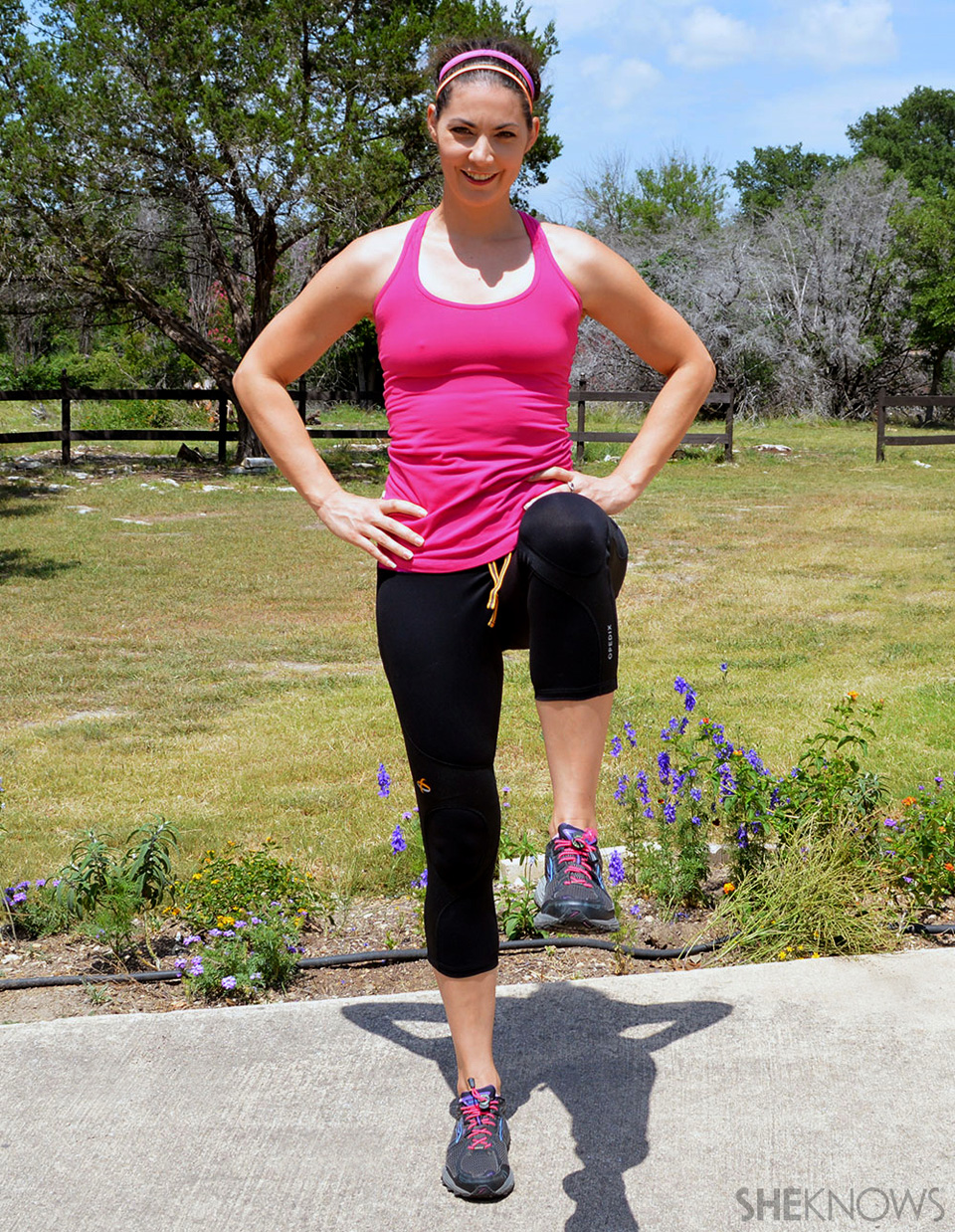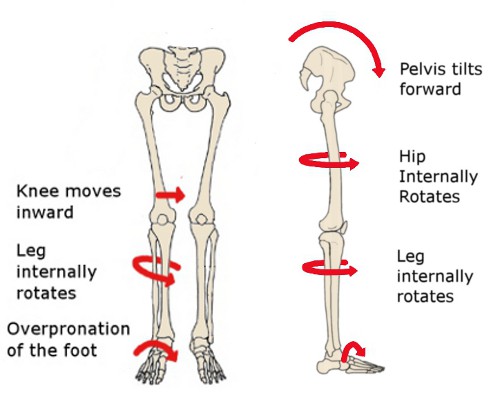

Hip pain when rotating leg outward full#
Many people can go back to lighter work or school activities after one to three weeks, however, it typically takes as many as sixteen weeks to return to a full level of activity. Patients also begin physical therapy to improve strength and flexibility. Rehabilitation time is also shorter and patients avoid some complications associated with the larger incision approach.Īfter the procedure, patients are instructed to use crutches for the first couple of weeks. Since the surgery is minimally invasive, recovery time is reduced and patients go home within a day of the surgery. Hip arthroscopy is similar in many ways to surgeries for knee and shoulder injuries. (Image credit: The Ohio State University Wexner Medical Center.) This image shows a hip looks like after arthroscopy surgery. However, we now complete these procedures arthroscopically using small incisions to place a camera inside the hip joint to guide the repair work. Until recently, these procedures were performed through large incisions and required cutting the hip bone and dislocating the hip. The goal of the reshaping and repair work is to restore and preserve the hip anatomy, giving the patient the best chance of avoiding early arthritis and hip replacement, or other future hip problems. In the past, labral tears were treated with removal of the torn part of the labrum, but my approach is to to repair the labrum whenever possible. The goal of surgery is to reshape the bones of the hip joint to prevent the impingement of the ball on the socket. If a patient does not respond well to therapy and activity modifications, we consider further treatment options, including surgery. Therapy strengthens the muscles around the hip and abdomen, which aids recovery after surgery. People whose muscles are weaker often benefit from physical therapy, even if they end up having surgery later. The therapist will assess - usually within three to four visits - whether continued therapy is likely to improve symptoms. This might be as simple as doing a different cardio exercise or modifying a weight-training routine.
Hip pain when rotating leg outward how to#
The physical therapist shows the patient what movements to avoid, how to sit correctly to alleviate hip pain, and how to vary exercise routines to reduce symptoms. A good first step is to start with a course of physical therapy. It's important to understand that FAI is not a condition which always requires surgery.

I always start with non-operative options first.

Once FAI has been diagnosed, patients need to understand various treatment options. Eventually, they find a hip specialist who can look at patient symptoms, physical examination and specialized imaging of the hip - to make the correct diagnosis. I often see patients who say they've been searching for their symptoms online because they don't feel they've been diagnosed correctly. Recreational and competitive athletes involved in sports like football, soccer, hockey, basketball and dance are at risk of developing this condition due to repetitive, high-demand hip movements, but non-athletes can feel hip pain from FAI too.įor many patients, even routine daily activities - like a long car ride or bending and lifting an object - can be painful. Often people with FAI will be diagnosed with another condition such as a groin pull, arthritis, bursitis, dysplasia, low back pain, a pinched nerve or tendinitis, among others. Identification of FAI is challenging and symptoms are commonly confused with other hip problems. The condition can develop gradually, starting as a little twinge with specific movements, then progress to daily pain over a long period of time, or it can start after a traumatic injury like a fall or a car accident. I've treated patients with FAI as young as twelve up to those in their fifties and even sixty years old.

FAI is commonly misdiagnosed because it affects many different ages and types of people. I treat many patients with these symptoms who have an incorrect diagnosis.


 0 kommentar(er)
0 kommentar(er)
